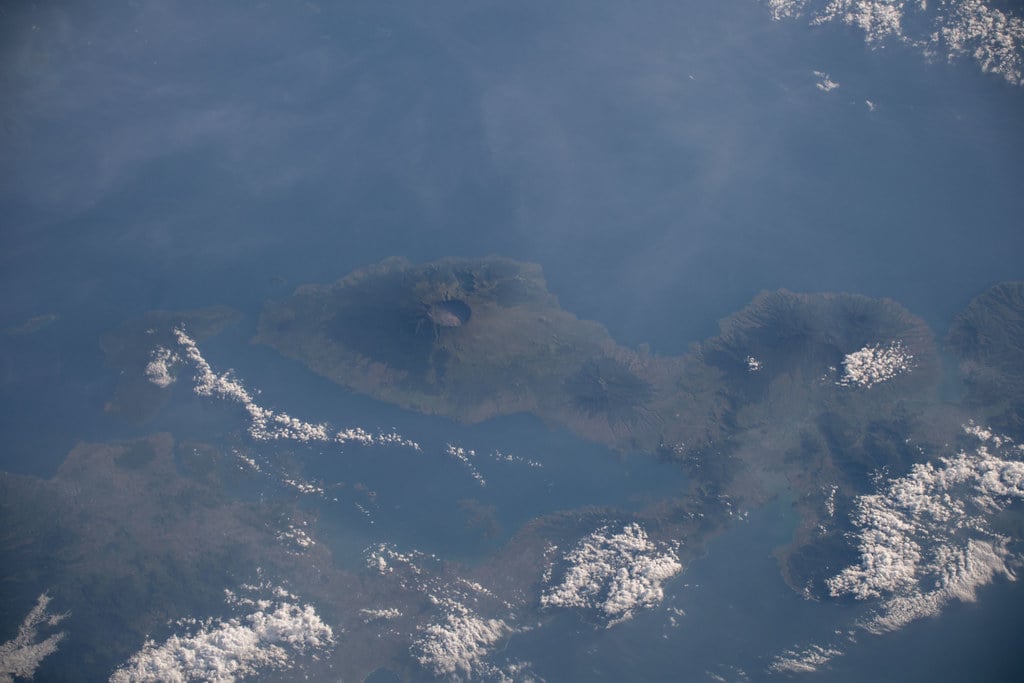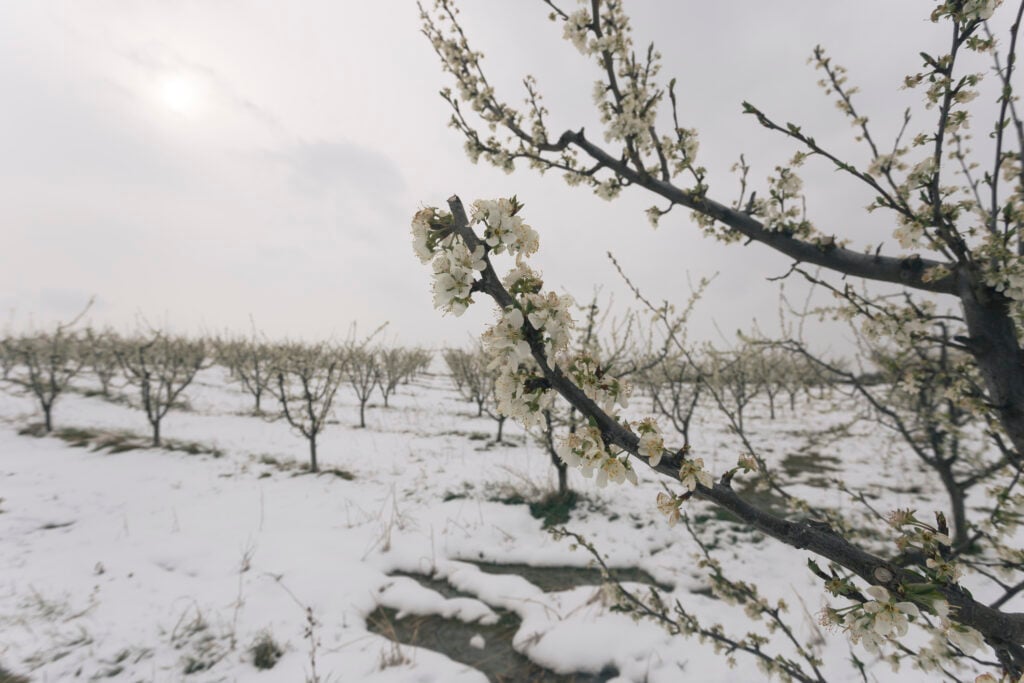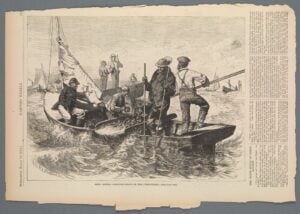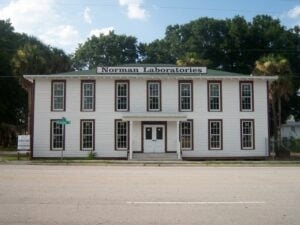It’s late September and summer is behind us, but at least it was fun while it lasted. Were we living back in the year 1816, we would have barely even experienced it.
The phenomena was a result of a giant volcanic eruption in modern-day Indonesia, with ramifications on the natural world stretching across the globe, and inadvertent social consequences including the advent of the bicycle and influencing artists like Lord Byron, Mary Shelley and J.M.W. Turner.

Mount Tambora, on the Indonesian island of Sumbawa, remains an active volcano to this day, but its most consequential eruption came over 200 years ago. Having been dormant for centuries, in April 1815 Mount Tambora suddenly exploded, coming to a head in dramatic fashion on April 10. It was the largest observed eruption in history. You could hear it 1,600 miles away, and it recorded a maximum score of seven on the Volcanic Eruption Index. This remains the most recent VEI-7 measurement.
The immediate effects on the population in the then Dutch East Indies were fatal, with tens of thousands of lives lost and the island’s entire vegetation destroyed, leading to more deaths due to famine and disease. It was the most devastating impact, but the full extent of just how much Mount Tambora’s 1815 eruption would change the world did not become clear until many years later.
In fact, it was not until 2019, after years of scientists believing the volcano eruption could be linked to the subsequent coldest year in history, that they had convincing proof, with the research published in the journal Environmental Research Letters.

The following year, 1816, summer temperatures in Europe were the coldest of any on record between 1766 and 2000. The continent was still reeling from the Napoleonic wars, and the fallout from the cool climate exacerbated issues. Agricultural failure was widespread causing prices to jump, making it harder for people to not just feed themselves and their families, but also to feed livestock and horses. The latter was the primary mode of transport at the time, and the soaring price of oats is credited with Karl Drais developing the bicycle the following year.
Andrew Schurer, lead study author and research associate at the University of Edinburgh’s School of Geosciences, said: “The eruption injected a huge amount of sulfur dioxide into the stratosphere, which would have quickly spread across the world, oxidizing to form sulfate aerosols.
Read More: This is the world’s most remote post office
“These volcanic aerosols reduce net shortwave radiation causing widespread, long-lasting surface cooling. They also lead to a reduction in global rainfall, while wettening some dry regions and causing dynamic changes in the large-scale circulation of both ocean and atmosphere.”
Once they made it into the stratosphere, the particles distributed around the world with ease, the average global temperature around Earth dropped three degrees Celsius.

The unusual conditions and unusual lighting also had an influence on the artistic output of the era. J.M.W Turner’s skies are known for their hazy hue, while Caspar David Friedrich’s paintings also saw a marked shift in mood.
In terms of literature and poetry, Lord Byron, Mary Shelley and John William Polidori were all on holiday at Lake Geneva at the time, and were forced to stay indoors due to the “incessant rainfall”. Byron’s poem Darkness begins: “I had a dream, which was not all a dream. The bright sun was extinguish’d.” Byron was also said to suggest a contest to see who could write the scariest story, and it was from this that Shelley produced the gothic classic, Frankenstein, and Polidori wrote The Vampyre, the first modern work of vampire fiction.





